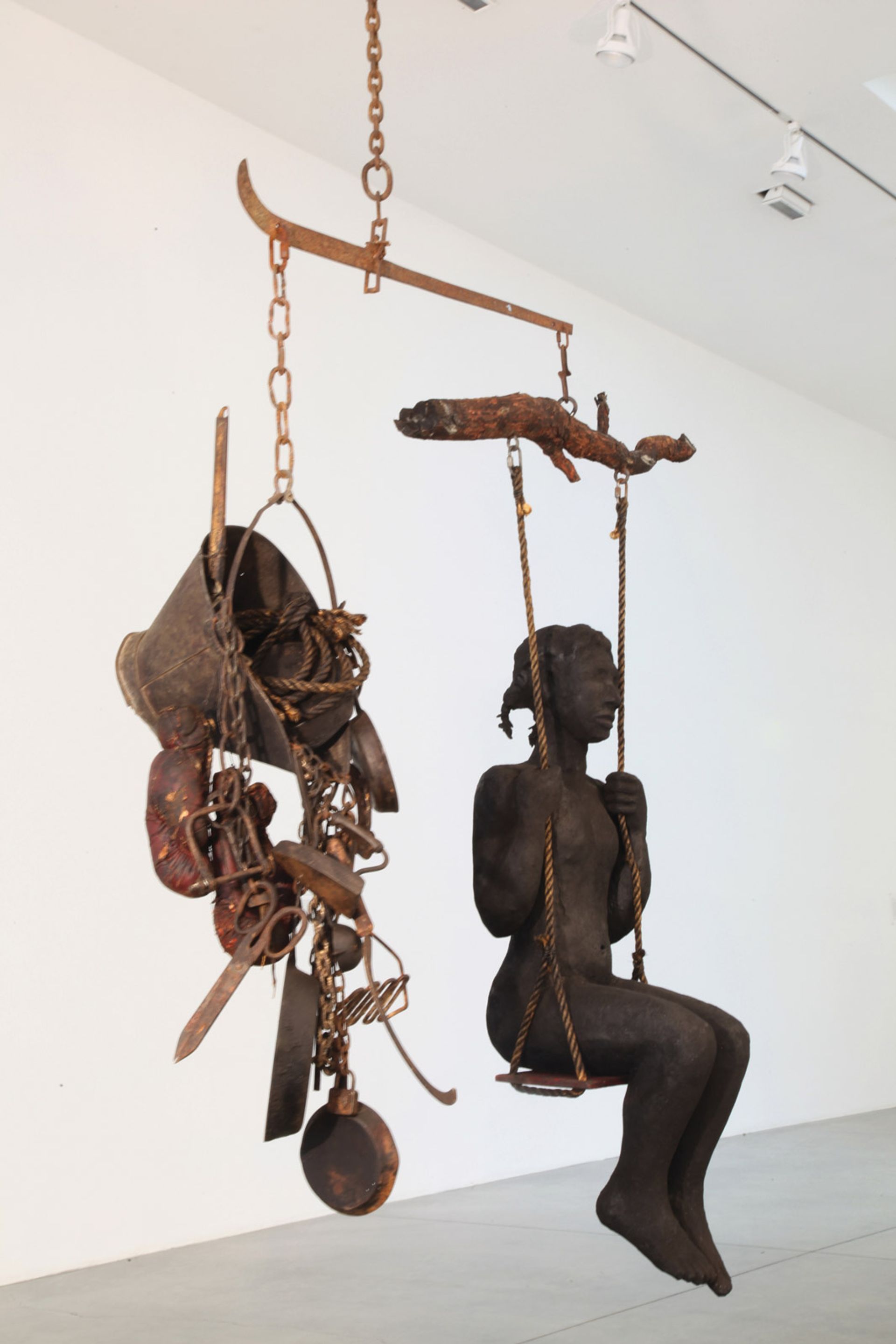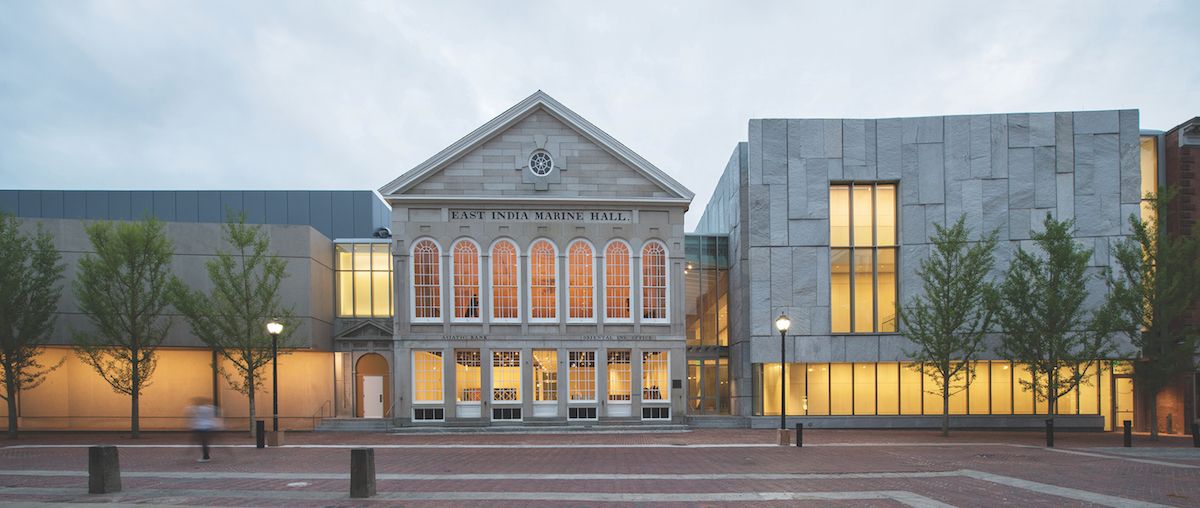“We like to say that we’re the oldest continuously operated museum in the country and also one of the fastest-growing,” says Lynda Roscoe Hartigan, the deputy director of the Peabody Essex Museum in Salem, Massachusetts. The museum is adding another layer to its 220-year history with a $125m new wing and garden due to open this week on 28 September, financed as part of a $650m fundraising campaign.
The museum dates back to 1799, when the East India Marine Society of local captains and supercargoes was founded and started showing art and “curiosities” from its members’ global travels; it became the Peabody Essex after merging with another local institution in 1992. The new wing, designed by the architecture firm Ennead, complemented by a garden by the landscape architecture firm Nelson Byrd Woltz, connects to the museum’s original 1825 building (which has since seen multiple additions). It is clad in grey granite from the same local quarry as the main building’s stone facade.
A third of the 40,000 sq. ft wing is given over to gallery space. The first floor exhibits selections from the museum’s extensive maritime collection. Historical and contemporary objects from around the world include a scrimshawed baleen plaque, carved aboard a ship in 1848 by a local sailor, and a Maori paddle.
“Being founded by global sea captains, the museum is positioned in a very particular way to tell the stories of the importance of looking outward,” says Brian Kennedy, who joined as director in July following the transformative 26-year tenure of Dan Munroe.

Alison Saar’s Weight (2012), included in one of the new displays © Peabody Essex Museum; Photo: Courtesy of LA Louver Gallery
The second-floor display from the museum’s exceptional Asian Export art collection shows that globalisation is not new, with objects such as porcelain made in China, Japan and South Asia demonstrating “cross-cultural exchange as a well for creativity”, Hartigan says. With that legacy including the opium trade, the display touches on today’s opioid crisis, which has acutely affected New England. The third-floor galleries mix fashion and design.
The new displays were informed by the museum’s unique neuroscience initiative, launched in 2017 and led by Tedi Asher, which seeks to improve public engagement through methods such as galvanic skin response sensors that measure emotional arousal. An 1803 “calendar stick”, a piece of wood on which a marooned sailor made a notch for each of the 173 days he was stuck on a South Atlantic island, has its own small space in the maritime presentation. Surrounding video projections “suggest isolation” and offer an “emotional hook” for visitors to engage with the object, Hartigan says.
The neuroscience studies also revealed that “we intuitively respond to human figures and faces”, Hartigan says, which “must be the reason that many cultures over time express power through figurative objects”. The concept underpins a display called Powerful Figures outside the new wing, which includes a 19th-century sculpture of the Hindu goddess Vasurimala and the 2012 sculpture Weight by the US artist Alison Saar, specially purchased for this display.
The Peabody Essex will open 13 new galleries when the new wing is unveiled, part of a $16m rethink of its collection presentation that will continue until 2022. Armed with the neuroscience research, Hartigan says, the museum is trying to “capture people’s attention in order to create emotion—because when you have those two things you can help people create memories”.


